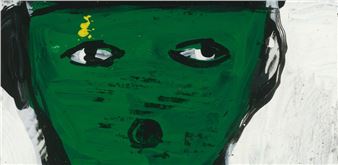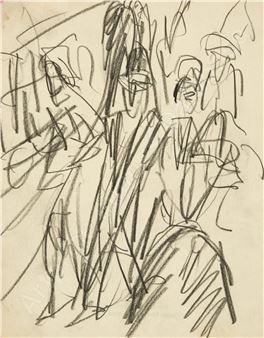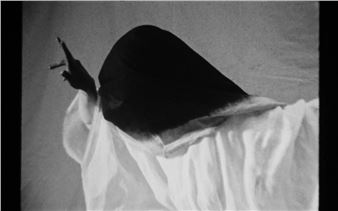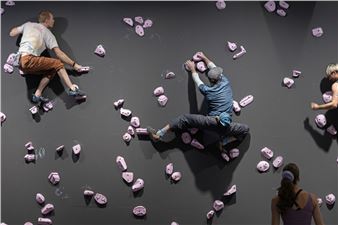Beuys Brock Vostell
Joseph Beuys, Bazon Brock and Wolf Vostell, the three most important German Action artists of postwar modernity, will be presented for the first time together in a large-scale group exhbition. The artists, all of whom were friends and who ap- peared together at important actions and exhibitions throughout the 1960s, evolved their own unique style-defining approaches, thereby pursuing the radical emancipation of the individual and the reform or revolution of life. A new perspective on performa- tive arts is evolved by way of the joint presentations of these three different approaches to performativity, today courted in all museums of the world.
The exhibition shows that, each in their own way, the three action artists created influential and formative stylistic approaches to performativity, and contributed to the formation of an augmented concept of the work such as sculpture as action and the inclusion of the public. It becomes apparent, furthermore, that all three artists share a common thematic focal point in their critical assessment and treatment of the Second World War and its ramifications. A further aspect shared by Joseph Beuys, Bazon Brock and Wolf Vostell that becomes understandable in the exhibition, is the new definition of teaching. The three artists con- ceived of teaching as the art of performance the core of which was mediation and enlightenment, action and agitating as well as discourse and demonstration. Initiated by actions, images and discourse, a trans- formation of viewer consciousness is then achieved which leads to the radical emancipation of the individual. Accordingly, civil society and democracy constitute the core of Beuys’, Brock’s and Vostell’s actions and demonstrations. Whereas artists of the 1950s attributed greater significance to the past, especially to the Holocaust, their common con- cerns during the 1960s were the conception of social utopias – even though their various approaches towards this mutual goal took very different forms.
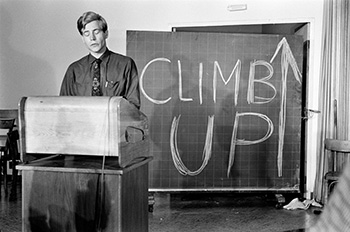
Recommended for you
Joseph Beuys, Bazon Brock and Wolf Vostell, the three most important German Action artists of postwar modernity, will be presented for the first time together in a large-scale group exhbition. The artists, all of whom were friends and who ap- peared together at important actions and exhibitions throughout the 1960s, evolved their own unique style-defining approaches, thereby pursuing the radical emancipation of the individual and the reform or revolution of life. A new perspective on performa- tive arts is evolved by way of the joint presentations of these three different approaches to performativity, today courted in all museums of the world.
The exhibition shows that, each in their own way, the three action artists created influential and formative stylistic approaches to performativity, and contributed to the formation of an augmented concept of the work such as sculpture as action and the inclusion of the public. It becomes apparent, furthermore, that all three artists share a common thematic focal point in their critical assessment and treatment of the Second World War and its ramifications. A further aspect shared by Joseph Beuys, Bazon Brock and Wolf Vostell that becomes understandable in the exhibition, is the new definition of teaching. The three artists con- ceived of teaching as the art of performance the core of which was mediation and enlightenment, action and agitating as well as discourse and demonstration. Initiated by actions, images and discourse, a trans- formation of viewer consciousness is then achieved which leads to the radical emancipation of the individual. Accordingly, civil society and democracy constitute the core of Beuys’, Brock’s and Vostell’s actions and demonstrations. Whereas artists of the 1950s attributed greater significance to the past, especially to the Holocaust, their common con- cerns during the 1960s were the conception of social utopias – even though their various approaches towards this mutual goal took very different forms.
Artists on show
Contact details


 ARTISTS
ARTISTS







